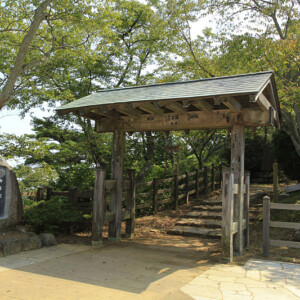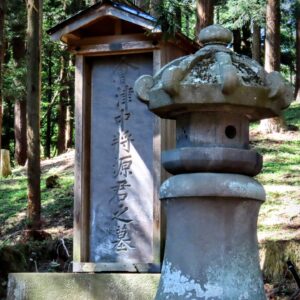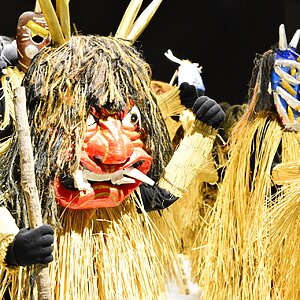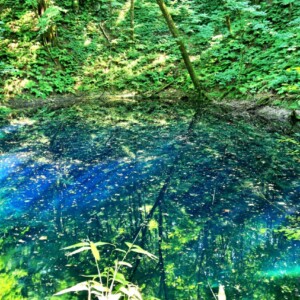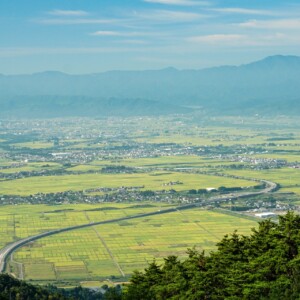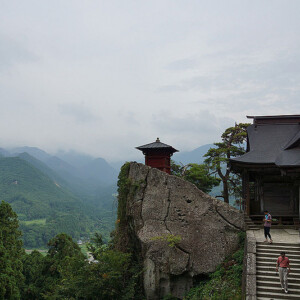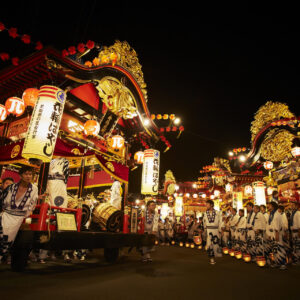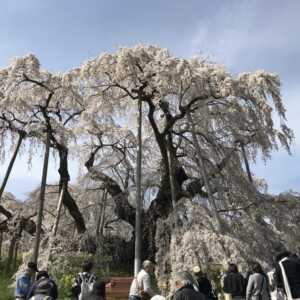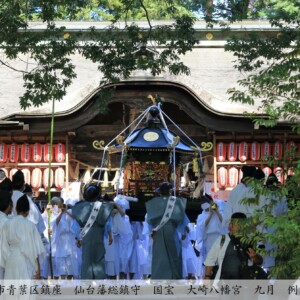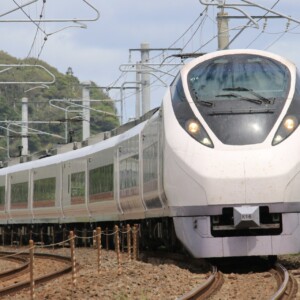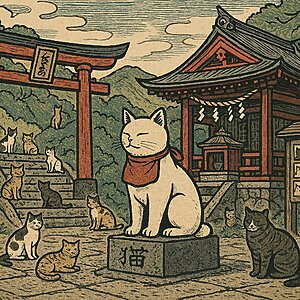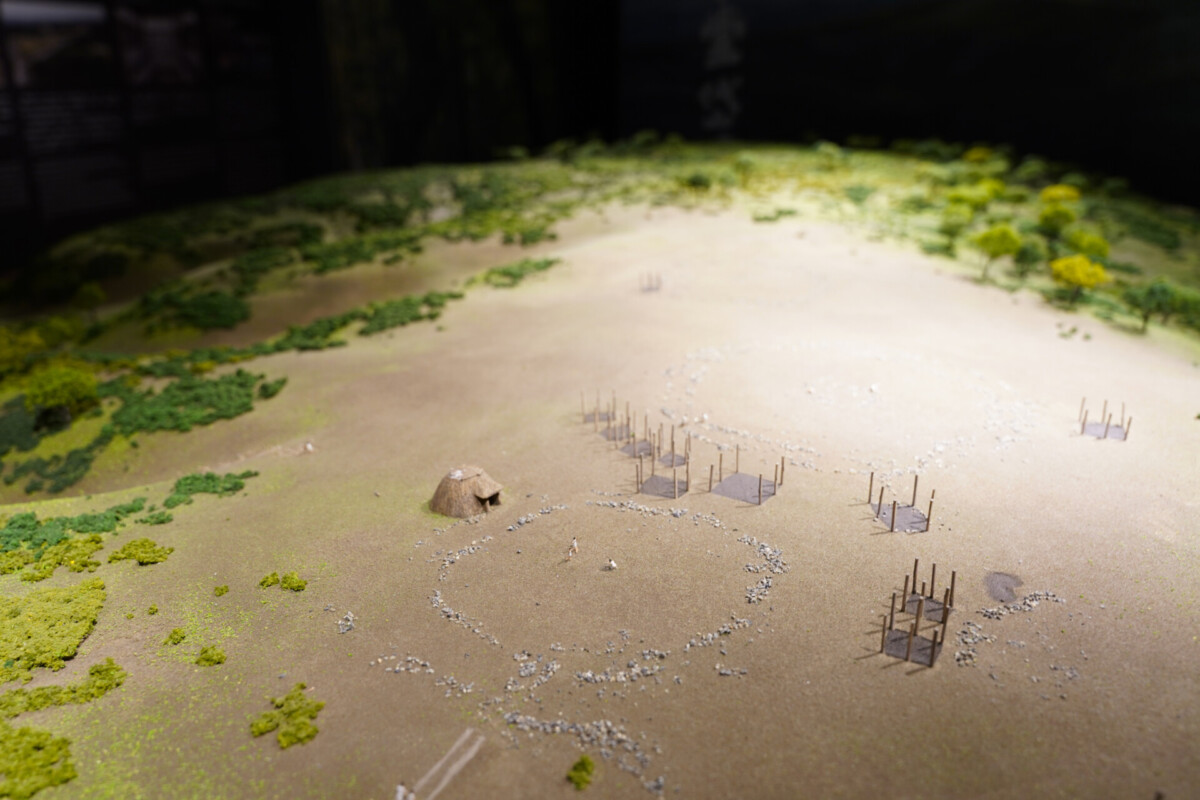
"Isedodai Ruins" is a mysterious ruin registered as a World Heritage Site! [Akita Prefecture]
table of contents
- 1 Stone circles are common throughout the world and were a place of prayer at the center of a village.
- 2 Around 4,000 years ago, the area around the ruins was suitable for human habitation.
- 3 The Isedotai ruins were discovered in the Heisei era.
- 4 Stone circle A remains unfinished even after 200 years
- 5 Stone circle B, only partially excavated
- 6 Stone ring C, the largest of the four, with a diameter of 45m
- 7 Stone circle D, which has high expectations for future excavations
- 8 Will it be abandoned after 200 years? Isedotai ruins full of mysteries
- 9 More than 13,000 artifacts were excavated from the ruins. Some are designated as tangible cultural properties of Akita Prefecture.
Isedota Iseki is a Jomon period ruins located in Kitaakita City, Akita Prefecture.
Its biggest feature is that it has four ring stones (stone circles), which are designated as national historic sites due to the good preservation of the ruins, and is also registered the World Cultural Heritage sites of Jomon Ruins in Hokkaido and North Tohoku .
Stone circles are common throughout the world and were a place of prayer at the center of a village.
A major feature of the Isedotai ruins is that four stone rings were built in the same square. This is the only place in Japan where four of these were found in the same place.
A stone ring is a set of stones placed in a round shape, and similar types exist all over the world, including the world-famous Stonehenge in England. In Japan, they are often found from the Tohoku region to southern Hokkaido, and there are more than 20 large ones with a diameter of 30 meters or more. The largest and most famous stone ring is the 52m diameter Manza stone ring (located in Kazuno City, Akita Prefecture), which is part of the Oyu stone ring.
What were the stone circles built for? There are many theories, including houses arranged in a ring, graveyards, and celestial objects (such as sundials). There is a strong theory that it may have been.
Around 4,000 years ago, the area around the ruins was suitable for human habitation.
It is known that the Isedodai ruins were built relatively early in the late Jomon period (late early leaves).
The Jomon period lasted for over 10,000 years, from about 15,000 years before the end of the Paleolithic period to about 2,400 years ago.
The past 10,000 years have been divided into early days (up to about 11,000 years ago), early days (up to about 7,000 years ago), early days (up to 5,000 years ago), medium period (up to about 4,000 years ago), late period (up to about 3,000 years ago), and late period (up to about 2,400 years ago), and later periods (up to about 2,400 years ago), and later periods (up to about 2,400 years ago), and this has since been passed down to the Yayoi period, where agricultural life is mainly focused on.
Reference: Official website of the World Heritage Site "Jomon Ruins in Hokkaido and North Tohoku"
The early leaves of the late Jomon period, where the Isedo ruins were built, were close to the current temperatures, making it easy to live in, despite major climate changes such as the ice age and the warming period throughout the Jomon period.
A deciduous broad-leaved forest spreads around the ruins, and salmon and other fish were caught from the Yoneshiro River and other areas, and in autumn, chestnuts and acorns, which were staple foods, were collected. In winter, the leaves will fall, making it a good idea to hunt animals.
Despite the cold and snowy winter, it is believed that food was not a problem.
The Isedotai ruins were discovered in the Heisei era.
The Isedotai ruins are located on a river terrace at an altitude of 42 to 45 meters above sea level of the Yoneshiro River, a large river that flows through northern Akita Prefecture. Isedotai is a place name that means Isedo Hill (Tai), and it is said that there was a shrine called Isedo nearby, although it is unknown when.
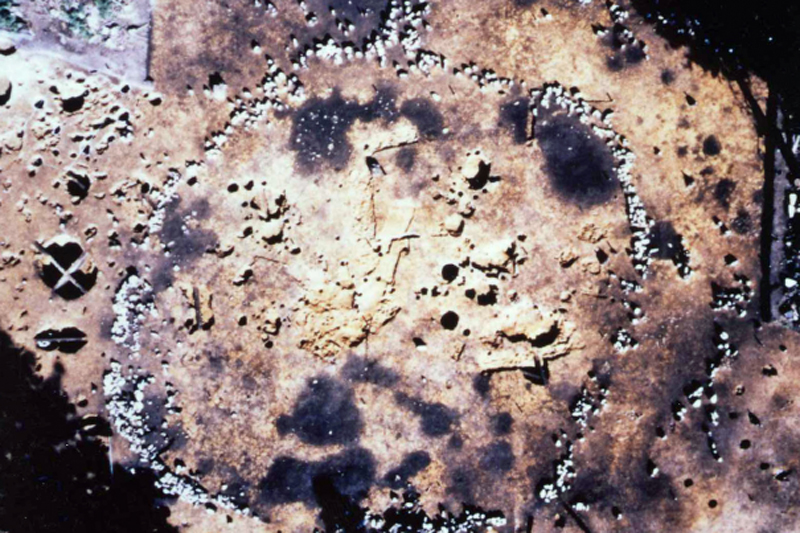
The Isedodai Ruins were discovered in 1992 (Heisei 4), which was currently investigating the planned access road site at Odate Noshiro Airport, which opened in 1998 (Heisei 10), and in a full-scale survey that began in 1994 (Heisei 6), the following year, and in 1996, the Annular Stones A and B were excavated.
Therefore, the decision was made to detour the access roads due to the voices of local residents and prefectural residents who wanted to preserve the ruins.
After that, excavations continued, including the remains of hotatebashira tatemono buildings (buildings with pillars embedded directly into the soil, rather than erecting pillars on the foundation), and earthen pit graves ( Graves where people were buried by digging holes directly into the soil) and postholes were found. Furthermore, in 2000 (Heisei 12), a fourth stone ring (stone ring D) was confirmed.
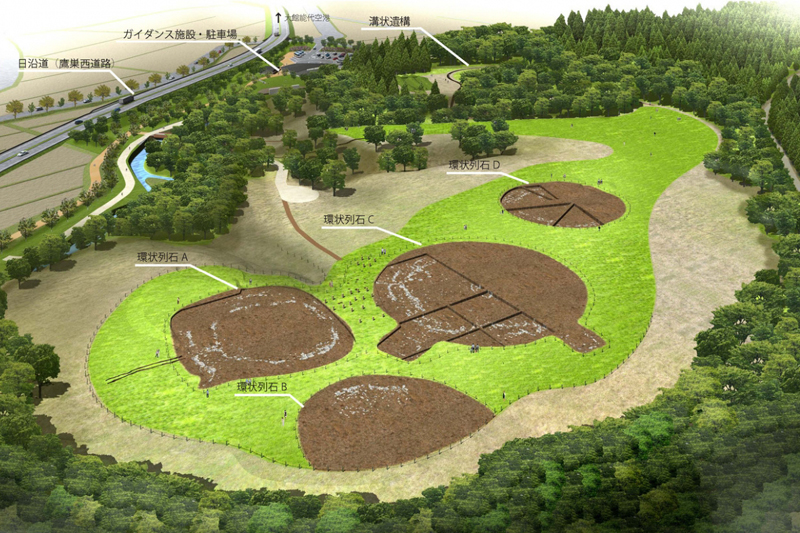
Stone circle A remains unfinished even after 200 years
All four stone rings are over 30m in diameter, and the stones were brought from a river some distance away and placed in a large circle.
Stone circle A, the northernmost one, is slightly oval in shape and has a major axis of 32 m. There are 1,272 stones lined up, and there are more than 20 types of stones and a variety of colors. It is said that some of the stone masonry was planned to be surrounded by a double row of stones on the outside, but it was left unfinished.
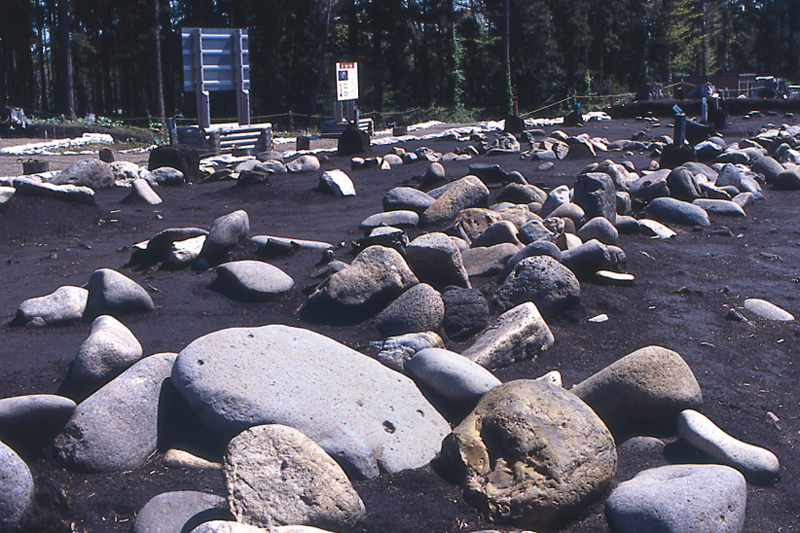
Stone circle B, only partially excavated
Only part of the approximately 15m circle (arc) of Stone Ring B has been discovered. As a result of excavation, it is thought that for some reason only a portion of the structure was built, as no trace of it had been scraped away.
Stone ring C, the largest of the four, with a diameter of 45m
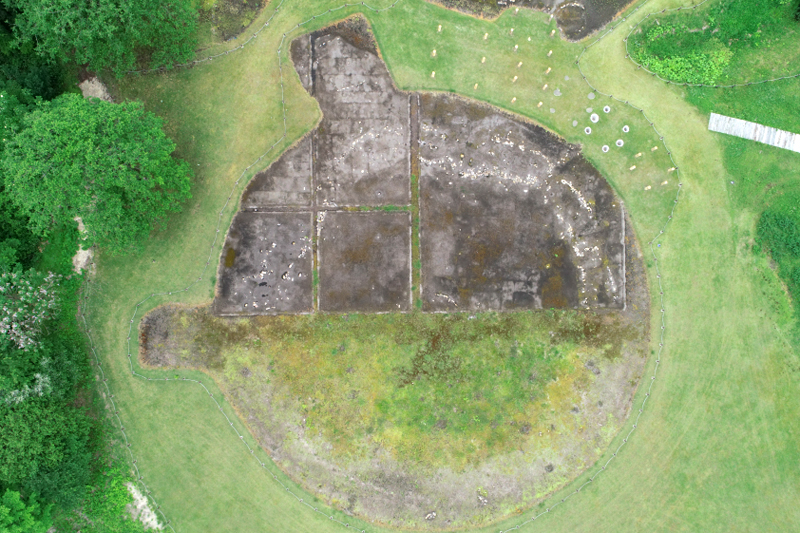
Stone circle D, which has high expectations for future excavations
Stone circle D is located in the southernmost part and is oval in shape with a major axis of approximately 36 m. It is believed that the stone circle was double-layered, but many parts of the stone circle do not retain their original shape, and like stone circle C, they were built on artificially leveled land. Only the northern half has been excavated.
Will it be abandoned after 200 years? Isedotai ruins full of mysteries
The circular stones at the Isedodai ruins are still shrouded in many mysteries.
One of these is that there are incomplete among the four. The ring stones are not built at once, but are completed over many years, but the fact that they are abandoned incomplete means that people have left the area.
The excavation survey revealed that the period for this period is approximately 200 years. In the Jomon period, where there are still many things that we don't know, we look forward to future research.
More than 13,000 artifacts were excavated from the ruins. Some are designated as tangible cultural properties of Akita Prefecture.

Many pottery vessels, clay figurines, and stone tools have been discovered in and around the stone circles. Excluding fragments, 13,088 items were excavated, of which 280 items that still retain their original shapes have been designated as tangible cultural properties of Akita Prefecture.
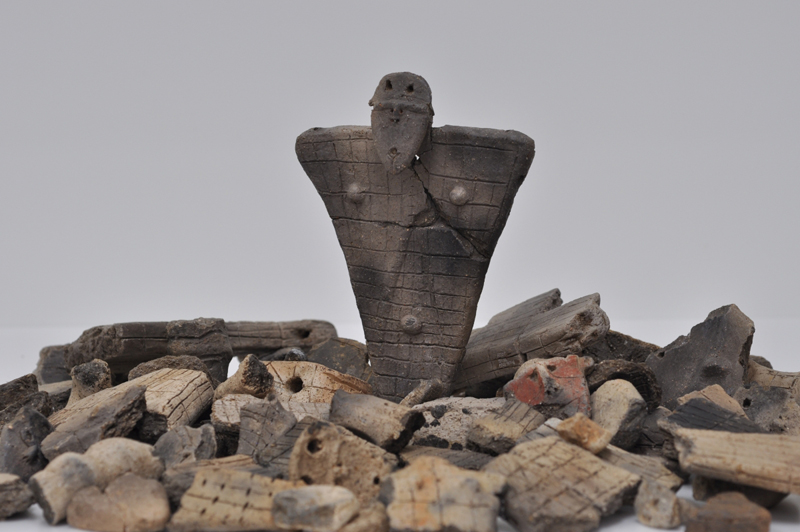
Among the excavated items, countless clay figurine fragments were discovered in the earthen pit grave of stone circle B, and only one of these, the plate-shaped clay figurine, was able to be restored to its complete form. Its maximum height is 18.8cm, maximum width 13.0cm, and maximum thickness 1.5cm, and it is on display at the Isedotai Jomon Museum

The ``Isedotai Jomon Museum'' at the Isedotai ruins , and many excavated items are on display. A guidance video is also shown, and by visiting the site along with the ruins, you will be able to deepen your understanding of the World Heritage Isedotai ruins.

Isedotai Ruins<Information>
- Facility name: Isedotai Ruins/Isedotai Jomon Museum
- Location: 100-1 Ogata Nakata, Wakigami, Kitaakita City, Akita Prefecture
- Phone number: 0186-84-8710
- Opening hours:
- Isedotai Ruins/9:00-16:30
- *Closed in winter from November to mid-April to preserve the stone circles.
- Isedotai Jomonkan/9:00-17:00
- Closed: Mondays (the next day if Monday is a public holiday), New Year holidays (December 29th to January 3rd)
- Admission fee/exhibition viewing fee: Free
- URL: Isedotai Jomonkan
- access:
- Railway/Akita Nairiku Jukan Railway Line: Approximately 5 minutes' walk from Jomon Ogata Station
- Car: Approximately 10 minutes from Akita Expressway Isedotai IC



![Is the Japanese stone circle "Oyu Ring Stone" a sacred place in the Jomon period? [Akita Prefecture] 03 Large-Tuna-Arrow Stone](https://jp.neft.asia/wp-content/uploads/2024/02/bb0e520018fd2a51e736190b0b46ab5e-150x150.jpg)
![The popular game "Matagi" started in Kitaakita City! [Akita Prefecture] matagi](https://jp.neft.asia/wp-content/uploads/2024/04/matagi-150x150.jpg)
![Hot springs gush out in a place where there are no volcanoes! "Yuzawa Geopark" where you can see the mystery of the earth up close [Akita Prefecture] 4550228_m](https://jp.neft.asia/wp-content/uploads/2023/02/4550228_m-150x150.jpg)
![Yurihonjo City, where Honjo, Kameda and Yajima domains were intersected between the Kubota and Shonai domains [Akita Prefecture] FF2C8AAA4350E7E179F97F97B38B3A2302F-1](https://jp.neft.asia/wp-content/uploads/2024/04/ff2c8aaa4350e7e179f97f38b3a2302f-1-150x150.jpg)
![Why do Nama balds take knives to tempt people - Oga Peninsula and the Legend of the Demon (1) [Akita Prefecture] New Year's Eve Event 001 @OGA City](https://jp.neft.asia/wp-content/uploads/2024/10/00bf8a32651033edd1191ba2d04c6f61-150x150.jpg)
![Akita Cedar, which has been close to people's lives since ancient times, is a close look at the reasons and secrets [Akita Prefecture] Ninfu Mizusawa Cedar Rare Population Protection Forest (Noshiro City, Akita Prefecture)_Travel Tohoku](https://jp.neft.asia/wp-content/uploads/2025/05/792bcbe7d9fd514753f4deeaca3de33f-150x150.jpg)
![The submerged forests of Lake Akiogi can only be seen from May to June! A mysterious sight with trees floating in the lake [Akita Prefecture] Submerged forest of Lake Akifan](https://jp.neft.asia/wp-content/uploads/2023/07/IMG_5033-150x150.jpg)
![[Chokaisan and Tobishima Geopark: Yurihonjo Edition] A strata from when Japan was the Eurasian continent can be seen B5C46A18BC0CC0CC0E9AD08084EAA5B](https://jp.neft.asia/wp-content/uploads/2024/04/b5c46a18bc0cc79de0e9ad08084eaa5b-150x150.jpg)
